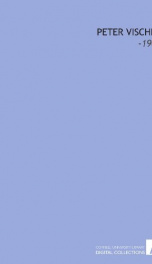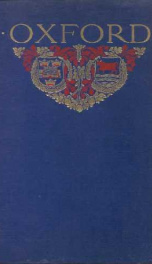the story of nuremberg

Purchase of this book includes free trial access to www.million-books.com where you can read more than a million books for free. This is an OCR edition with typos. Excerpt from book: Noricus. Hence Norixberg. After which it seems prosaic to have to assert that the " figures of dogs " are really lions, and the male figures are Saints or Kings of TIJE HEATHEN TOWER Israel, and certainly not heathen images. There is in point of fact no trace of Roman colonisation here. Other ingenious historians, not content with imaginary details of heathen temples and sanctuaries, hint darklyof an ancient GodNuoro by namewho, they say, was worshipped here and gave his name to the locality, but "of whom nothing else is known." Some chroniclers drag in the name of Drusus Nero (Neronesberg) and refine upon the point, debating whether we ought not rather to attribute this camp to Tiberius Claudius Nero; and others, again, suggest that Nortker, driven out by the Huns, settled in this favourable retreat in the heart of Germany, and laid the foundations of Nuremberg's greatness. All we can say is that these things were or were not: but they have no history. After all, why should they have any ? But those who prefer precision to truth shall not go empty away. " The Imperial fortress of Nuremberg began to be built fourteen years before the birth of Christ, the gth of April, on a Tuesday, at 8 o'clock in the morning; but the town only twenty-six years after Christ, on the 3rd of April, on a Tuesday, at 8.57 A.m." Thus spake the Astrologer Andreas Goldmeyer, in his " Earthly Jerusalem." And yet, as Sir Philip Sidney sings, some " dusty wits can scorn Astrology! " Be that as it may, the history of our town begins in the year 1050. It is most probable that the silence regarding the placeit is not mentioned among the places visited by Conrad II. in this neighbourhood points to the fact that the castle did not exist in 1025, but was built between that year and 1050. That...
Info about the book
Author:
Series:
Unknown
ASIN:
B003OY7296
Rating:
4/5 (4)Your rating:
0/5
Languge:
English
Users who have this book
Users who want this book
What readers are saying
What do you think? Write your own comment on this book!
write a commentGenre
if you like the story of nuremberg try:
Do you want to read a book that interests you? It’s EASY!
Create an account and send a request for reading to other users on the Webpage of the book!








